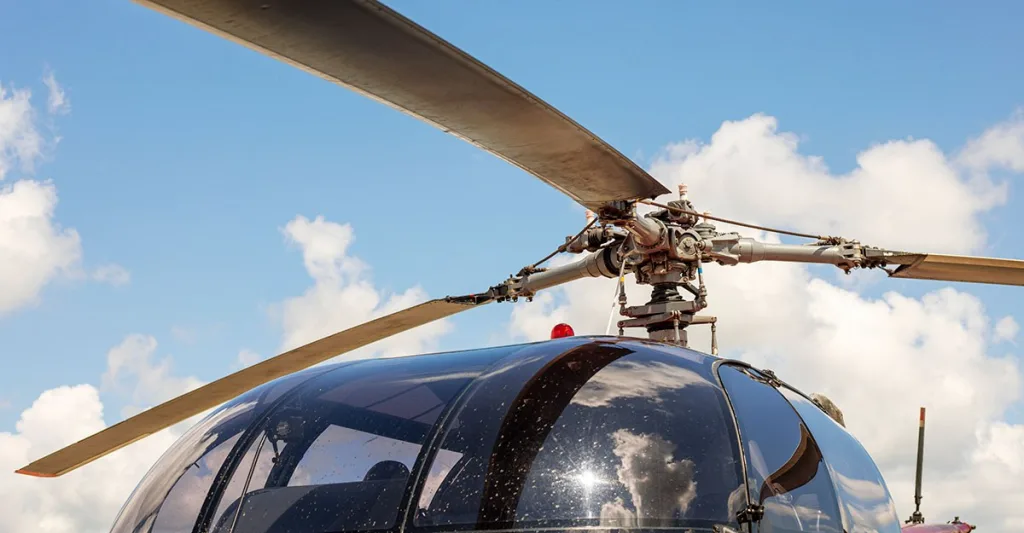Flight nursing is more than just a job. It’s a noble and heroic profession that has shaped the history of medical aviation and saved countless lives.
You already know that flight nursing is a specialized field, combining critical care skills with the unique challenge of providing medical care in the air. But are you aware of the profession’s rich history?
Let’s explore the origins, development, and modern advancements of flight nursing. We’ll highlight the key milestones and contributions of flight nurses over the decades.
Origins of flight nursing
The concept of flight nursing began during World War II. With the increasing use of aircraft for military operations, the need to evacuate injured soldiers quickly and efficiently became apparent.
The U.S. Army Air Forces recognized this necessity and established the School of Air Evacuation at Bowman Field, Kentucky. In 1943, the first class of 39 flight nurses graduated. This marked the formal beginning of the role of a flight nurse.
The first flight nurses were trained to handle the unique challenges of providing medical care in flight. These early pioneers, many of whom were women, played a crucial role in transporting wounded soldiers from battlefields to medical facilities. Each flight nurse was trained to deal with in-flight emergencies, manage limited medical supplies, and provide care in the confined spaces of military aircraft.
During World War II, flight nurses helped to evacuate over 1.1 million wounded soldiers. The flight nurses’ efforts demonstrated the effectiveness of air evacuation and the critical role of a flight nurse in improving survival rates.
Of the 1,176,048 patients who were air evacuated throughout World War II, just 46 died en route, according to the National Museum of the United States Air Force. The success of those early missions laid the groundwork for the future of air medical services — and the role of the flight nurse.
Post World War II developments
After World War II, the concept of air medical evacuation expanded beyond the military. The Korean War saw further use of helicopter evacuations, and flight nurses played a vital role in providing immediate care to injured soldiers. The Vietnam War continued this trend. Flight nurses were integral to the first aeromedical helicopter evacuation unit in Vietnam, which evacuated wounded personnel from combat zones.
The role of the flight nurse continued to evolve during the post-war period. The 1960s and 1970s saw significant advancements in medical and aviation technology. Helicopters and fixed-wing aircraft were better equipped to handle medical emergencies, with improved communication systems and medical equipment. These technological advancements allowed flight nurses to provide more comprehensive care in flight.
The first civilian, hospital-based emergency medical helicopter, Flight for Life, was established in the1972 in Colorado. The program is now the longest-running, hospital-based flight program in the U.S. Its success led to over 300 flight programs being established in the U.S. and internationally.
Education and certification
As flight nursing evolved, so did the need for professionalization and standardization. Today, a flight nurse undergoes rigorous training and certification to ensure readiness for the challenges of air medical transport.
In 1991, the Board of Certification for Emergency Nursing and the National Flight Nurses Association (now known as the Air & Surface Transport Nurses Association) jointly established the first transport-specific nursing specialty certification. The Certified Flight Registered Nurse credential, established by the Board of Certification for Emergency Nursing, is recognized as the gold standard for a flight nurse. This certification signifies that a flight nurse has the necessary knowledge and skills to provide high-quality care in the air.
The role of a flight nurse during disasters
The role of flight nurses was highlighted during Hurricane Katrina in 2005. In the aftermath of the disaster, flight nurses were instrumental in evacuating critically ill patients from flooded hospitals in New Orleans, Louisiana. Their ability to provide advanced medical care in challenging conditions helped save countless lives. The disaster underscored the importance of having a well-trained flight nurse as part of emergency response teams.
Flight nurses are crucial in providing healthcare in remote and rural areas where there’s increasing concern about rural hospital closures. Air ambulances, staffed with flight nurses, provide a lifeline to these communities.
Flight nurses also frequently participate in international missions, providing medical evacuation and humanitarian aid in disaster-stricken areas. Organizations like Doctors Without Borders and the International Committee of the Red Cross rely on flight nurses to deliver care in conflict zones and during national disasters. These missions highlight flight nursing’s global impact.
Challenges for a flight nurse
Today, a flight nurse is responsible for a wide range of tasks — patient assessment, advanced life support, trauma care, and critical care management. Flight nurses also contribute to patient advocacy, education, and emotional support. Despite the advancements in the field of flight nursing, the profession faces these challenges:
- The job can be physically and emotionally taxing. Flight nurses must be prepared to handle high stress situations and provide care in challenging environments.
- The inherent risks of air travel,including adverse weather conditions and mechanical failures, pose safety concerns for flight nurses and their patients.
- Providing medical care in the air often involves working with limited resources. As a flight nurse, you must be adept at improvisation and resource management.
The future of flight nursing
Several promising trends and innovations are poised to shape the profession:
- The integration of telemedicine technology in air ambulances allows a flight nurse to communicate in real-time with specialists on the ground. Flight nurses can improve decision-making during transport and improve patient outcomes.
- Modern aircraft are equipped with state-of-the-art medical equipment. A flight nurse can now provide intensive care comparable to that found in hospital settings. Portable ventilators, cardiac monitors, defibrillators, and advanced medication management systems have become standard equipment on air ambulances.
- Flight nurses can utilize enhanced training programs, including simulation and virtual reality. These approaches offer more realistic preparation for the complexities of air medical care.
- There is increased collaboration between international air medical services, facilitating the exchange of best practices. This global approach can help standardize training and certification, ensuring a high level of care worldwide.
From its humble beginnings during World War II to the advanced air medical services of today, flight nursing has continuously evolved. As flight nursing continues to advance, it will play an increasingly vital role in meeting the needs of patients in critical situations.
Whether you're actively seeking a new role or assessing your next steps, explore Nurse.com's talent marketplace to help match your experience and skills to the best-fitting role.







